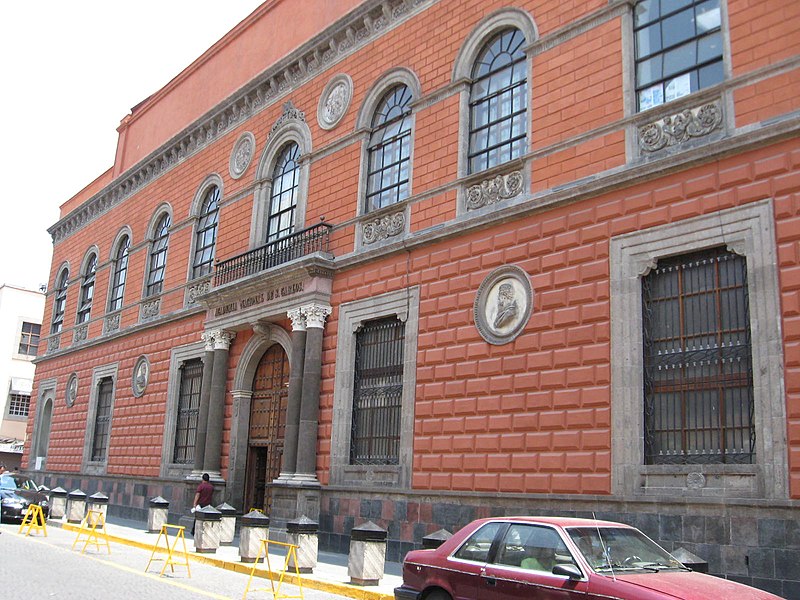
The Academia Nacional de San Carlos is today the graduate fine arts headquarters of the National Autonomous University of Mexico (UNAM). It is home to a public gallery and sculpture patio. The academy and its alumni have played significant roles for the entirety of the history of independent Mexico.
The academy was founded as the Real Academia de San Carlos de las Nobles Artes de la Nueva España in 1783. It began as a school founded in 1778 by Gerónimo Antonio Gil. He’d arrived that same year to teach engraving to craft workers at the Casa de Moneda, the Royal Mint. Seeing the need to expand the school’s offering, he began petitioning the mint and the crown soon after.
The building was originally built as the Amor de Dios Hospital. This was closed prior to the Academy taking over the building in 1791. Gil set to work remodeling the hospital already in the 1780s to house the newly founded Academy.
Perhaps the first milestone in the school’s history came simultaneously with the opening of the new building in 1791. In that year, Manuel Tolsá arrived to teach sculpture and to take over as director. He’d brought with him a number of plaster casts and similar materials that constituted the seeds of the Academy’s collections. Among his first projects was remodeling the Convent of Santa Inés just across the street from the Academy.
Artist Javier Cavallari designed the distinctive Italian Renaissance style façade in 1852. Four of the six medallions on the face of the building represent the Academy’s founders: the Spanish King Carlos III, José Bernardo Couto (an early patron), Director Antonio Gil, and Fernando José Manguino (the Superintendant of the Royal Mint). The other two are of Italian artists, Michelangelo and Raphael. Cavallari also finished the patio, the conference room and the painting and sculpture galleries. The patio was covered by a glass dome in the Arte Nouveau style in 1913. This was built by the Paris-based L. Lapeyrer company.
The Academy was the first major art school and fine arts museum in the Americas. Only in the early 20th century was it integrated into the UNAM, today constituting the Arts and Design department. The Architecture Department was split off in 1929 and formally moved to the CU campus in 1953. Only fine arts graduate courses are given in the original academy building.
The collections of the Academy were split in the mid-20th century. Most went to the Museo Nacional de San Carlos. Parts of the collection retained by the Academy are retained in a collection called the Museo Universitario de la Academia.
Hours: Monday to Friday, 10 a.m. to 6 p.m.
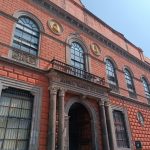 The first archbishop of Mexico, Franciscan friar Juan de Zumárraga, bought the land here and used it as of the 16th century as the Hospital of the Love of God (Hospital del Amor de Dios). It was known for the treatment of venereal diseases.
The hospital survived amidst scarcity and necessity until 1786, when it closed its doors. The land was again used in 1791 for the construction of the Royal Academy of San Carlos, which had been founded within the Mint in 1785.
By 1852 the building was restored and acquired its present appearance, under the Academy Director, Javier Cavallari. In 1913, the main patio was covered with an Art Nouveau style dome from the Parisian house of Lapeyrer. Today, the Academy has been again renovated and preserves invaluable collections exhibited to the public.
The first archbishop of Mexico, Franciscan friar Juan de Zumárraga, bought the land here and used it as of the 16th century as the Hospital of the Love of God (Hospital del Amor de Dios). It was known for the treatment of venereal diseases.
The hospital survived amidst scarcity and necessity until 1786, when it closed its doors. The land was again used in 1791 for the construction of the Royal Academy of San Carlos, which had been founded within the Mint in 1785.
By 1852 the building was restored and acquired its present appearance, under the Academy Director, Javier Cavallari. In 1913, the main patio was covered with an Art Nouveau style dome from the Parisian house of Lapeyrer. Today, the Academy has been again renovated and preserves invaluable collections exhibited to the public.
Heart of México Walking Route: Moneda - Santísima
< < Museo José Luis Cuevas |Iglesia de la Santísima Trinidad > >
Proyecto “Corredor de Cultura Digital”.
Nombre de la investigación: Investigación Centro Histórico, Monumentos, Edificios y Puntos de Interés (2023)
Dirección de investigación y diseño de Rutas: Acércate al Centro A.C. Guadalupe Gómez Collada
Coordinación e investigación histórica: Fideicomiso del Centro histórico Dir. Maestra Loredana Montes
 (55) 5522 3102 (55) 5522 0630
(55) 5522 3102 (55) 5522 0630
 https://academiasancarlos.unam.mx/conoce-la-academia/
https://academiasancarlos.unam.mx/conoce-la-academia/
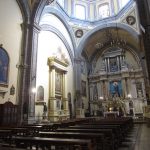
Nearest at 0.06 kms.
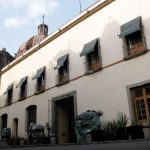
Nearest at 0.06 kms.
Nearest at 0.08 kms.

The first target of the counter-reformational Academy of Art . . .
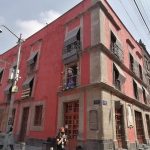
One of the Center City's most important cultural centers with a small fascinating museum...

The former Santa Inés Church & Convent provides some lively competition on a City Center street.
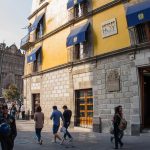
A museum dedicated to one of the oldest institutions in the hemisphere and its long role in Mexico City.

One of the leading museums of art in the country, the SHCP resulted just from tax payments - in art!